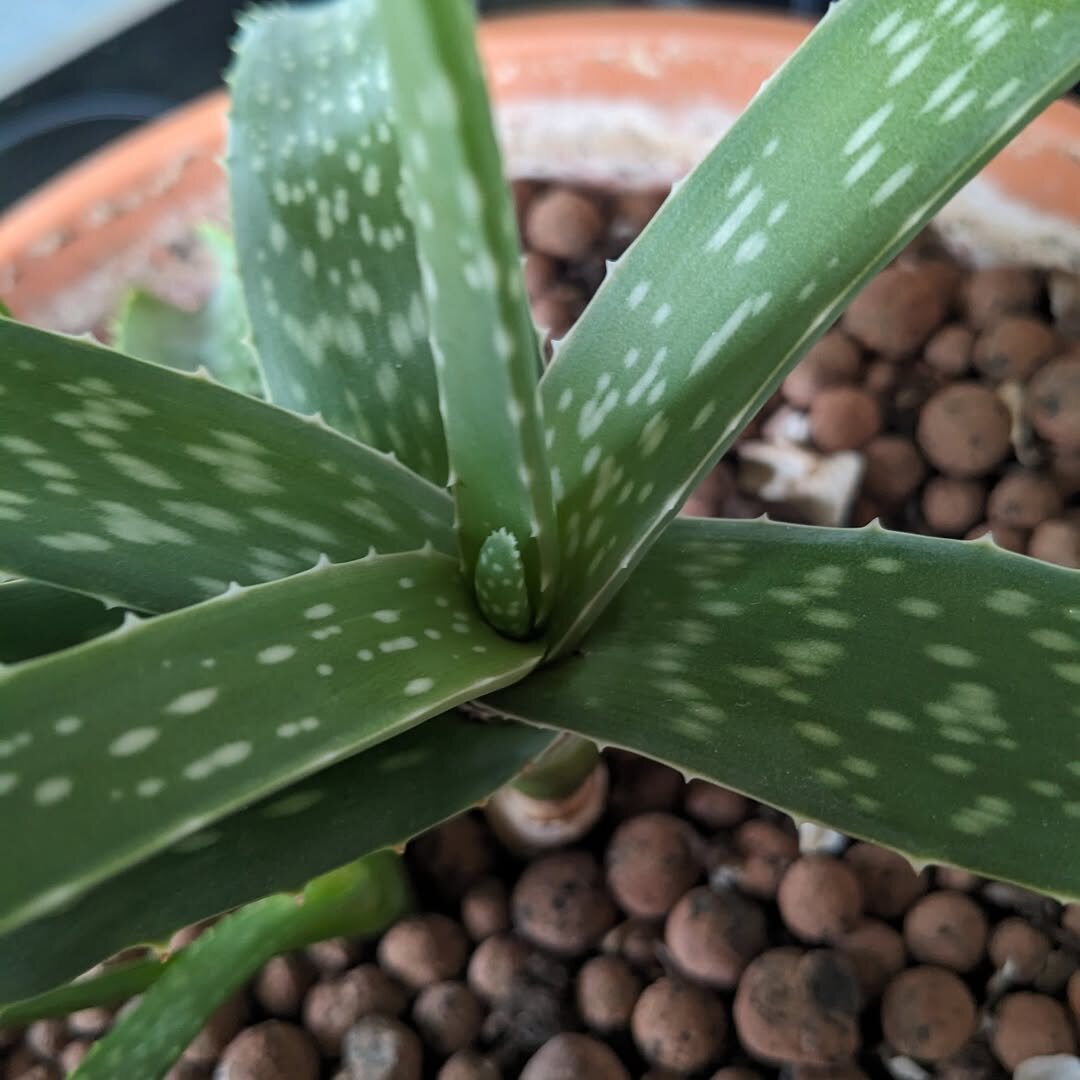Aloe vera plants are popular for their low maintenance and healing properties, making them a favorite among gardeners. But when it comes to their root system, a common question arises: do aloe vera plants like to be root bound? Understanding whether these succulents thrive in cramped conditions or need more space is essential for their health and growth.
Root bound plants have roots that grow tightly within a pot, often circling or compacting. Aloe vera’s response to being root bound can affect its vigor, leaf size, and overall well-being. Knowing how to manage their root environment helps ensure a thriving, healthy plant.

What is Root Binding?
Root binding occurs when a plant’s roots outgrow the container they are planted in, causing them to become densely packed and tangled. Instead of spreading out naturally, the roots circle around the pot’s edges or grow tightly in a compact mass. This happens most often in potted plants that haven’t been repotted for a long time or are placed in containers too small for their root systems.
When a plant becomes root bound, it can struggle to absorb water and nutrients effectively. The limited space restricts root growth, which can lead to stress and slower development. Symptoms of root binding include stunted growth, yellowing leaves, and soil that dries out quickly due to reduced water retention. Understanding root binding helps gardeners know when to repot or adjust plant care to maintain healthy roots and overall plant vitality.
Aloe Vera’s Natural Habitat and Growth Preferences
Aloe vera is native to arid regions of the Arabian Peninsula, North Africa, and parts of Madagascar, thriving in hot, dry climates with well-draining soil. In its natural habitat, aloe vera grows in sandy or rocky terrain where water drains quickly, preventing root rot. These conditions shape the plant’s preference for a soil environment that doesn’t retain excess moisture but still offers enough nutrients for growth.
Because aloe vera evolved in these challenging environments, it is adapted to survive with minimal water and can tolerate some root crowding. However, it prefers to have enough room for its roots to spread moderately, which supports healthy leaf development and overall vigor. Providing a balance between a snug root environment and space for growth mimics its natural conditions and ensures a thriving plant.
Signs of Root Bound Aloe Vera
When aloe vera becomes root bound, it shows several telltale signs that indicate it needs attention. One common symptom is slowed or stunted growth; the plant may stop producing new leaves or the leaves may become smaller and thinner. This happens because the cramped roots struggle to absorb sufficient nutrients and water.
Another indicator is roots growing out of the drainage holes or circling the surface of the soil, signaling that the root system has filled the pot. You might also notice the soil drying out very quickly, as tightly packed roots leave less room for moisture retention. In some cases, the aloe’s leaves may yellow or wilt, reflecting overall stress caused by limited root space. Recognizing these signs early can help you decide when to repot or take other steps to support your aloe vera’s health.
How to Repot Aloe Vera to Prevent Root Binding
Repotting aloe vera is essential to prevent root binding and promote healthy growth. Here’s a step-by-step guide to ensure a smooth transition:
Choosing the Right Pot
Select a pot that is one to two inches larger in diameter than the current one. Ensure it has drainage holes to prevent waterlogging, which aloe vera dislikes.
Preparing the Soil
Use a well-draining cactus or succulent mix, or create your own by mixing regular potting soil with sand or perlite. Good drainage is crucial to prevent root rot.
Repotting Steps
- Gently remove the aloe vera from its old pot, loosening the roots carefully.
- Inspect the roots and trim any that look dead or rotten.
- Place the plant in the new pot, filling around the roots with fresh soil.
- Water lightly after repotting to help settle the soil but avoid overwatering.
By repotting every 2-3 years or when signs of root binding appear, you help your aloe vera stay healthy and vigorous.
Balancing Aesthetics with Plant Health
Many gardeners enjoy keeping aloe vera plants in stylish pots or containers that complement their home decor. While aesthetics are important, it’s crucial not to sacrifice plant health for appearance. Choosing a pot solely for its look, without considering size and drainage, can lead to root binding or poor growth.
To balance aesthetics with health:
- Opt for decorative pots that have adequate drainage holes or add a layer of gravel at the bottom to improve water flow.
- Select containers that provide enough room for root expansion while still fitting your design theme.
- Consider using attractive outer pots (cachepots) with a simpler, functional inner pot to ensure proper root space and drainage.
This approach allows you to enjoy a beautiful display while ensuring your aloe vera thrives, avoiding the stress that comes with cramped or poorly drained conditions.
Using Aloe Vera in Your Home Décor
Aloe vera is an excellent choice for home décor due to its striking, architectural shape and low-maintenance nature. Its thick, spiky leaves add a fresh, natural element to any room, fitting well in modern, rustic, or minimalist styles. Plus, aloe vera offers air-purifying benefits, making it both beautiful and functional.
When incorporating aloe vera into your space:
- Place it in well-lit areas like near windows or sunrooms to keep it healthy and vibrant.
- Use decorative pots or planters that match your interior theme—ceramic, terracotta, or woven baskets work well.
- Combine aloe with other succulents or small indoor plants to create an attractive green arrangement.
By thoughtfully integrating aloe vera into your décor, you can enjoy a stylish look while supporting the plant’s health and growth needs.
Seasonal Aloe Vera Care Tips
Aloe vera care changes slightly with the seasons to match its natural growth cycle. In warmer months, aloe plants enter an active growth phase, requiring more water and sunlight. During this time, place your aloe in bright, indirect sunlight and water it thoroughly but infrequently—about every 2-3 weeks, allowing the soil to dry out between waterings.
In colder months, aloe vera slows down and needs less water to prevent root rot. Reduce watering to once a month or less and keep the plant away from drafts or freezing temperatures. Indoor heating can dry out the air, so misting occasionally or placing a humidity tray nearby helps maintain a balanced environment.
Adapting your care routine seasonally ensures your aloe vera stays healthy year-round, avoiding stress from overwatering or insufficient light.
Dealing with Common Pests and Issues
Aloe vera is generally hardy but can occasionally face pest problems or other issues that affect its health. Common pests include mealybugs, spider mites, and aphids, which feed on the plant’s sap and cause leaf discoloration or damage. Inspect your plant regularly, especially under leaves, to catch infestations early.
To manage pests:
- Wipe leaves with a damp cloth or use insecticidal soap sprays for mild infestations.
- For severe cases, neem oil can be an effective, natural treatment.
- Quarantine new plants before introducing them to your collection to prevent spreading pests.
Other issues like overwatering can cause root rot, while too much direct sun may scorch the leaves. Maintaining proper watering habits and providing filtered sunlight helps prevent these problems, keeping your aloe vera thriving and healthy.
Final Thoughts
Aloe vera plants have unique root preferences that require careful attention to prevent root binding. While they can tolerate some crowding, giving them enough space and proper soil conditions ensures healthy growth. Regular repotting, balanced watering, and mindful pot choices all contribute to a thriving aloe.
By understanding your aloe vera’s needs and responding to signs of stress early, you can enjoy a vibrant, long-lasting plant that enhances both your garden and home décor. With simple care adjustments, aloe vera can remain a resilient, beautiful addition to your plant collection.

I’m Shofi, a passionate gardener and blogger. I have 10+ years of experience in gardening and hold certifications in horticulture and garden design. I share my knowledge and skills through my garden blog to inspire and educate others on the joys of gardening. I try to provide valuable information and create a community for gardeners of all levels to connect and learn. My ultimate goal is to inspire others to start their own gardens and connect with nature.

